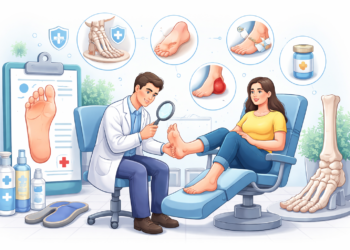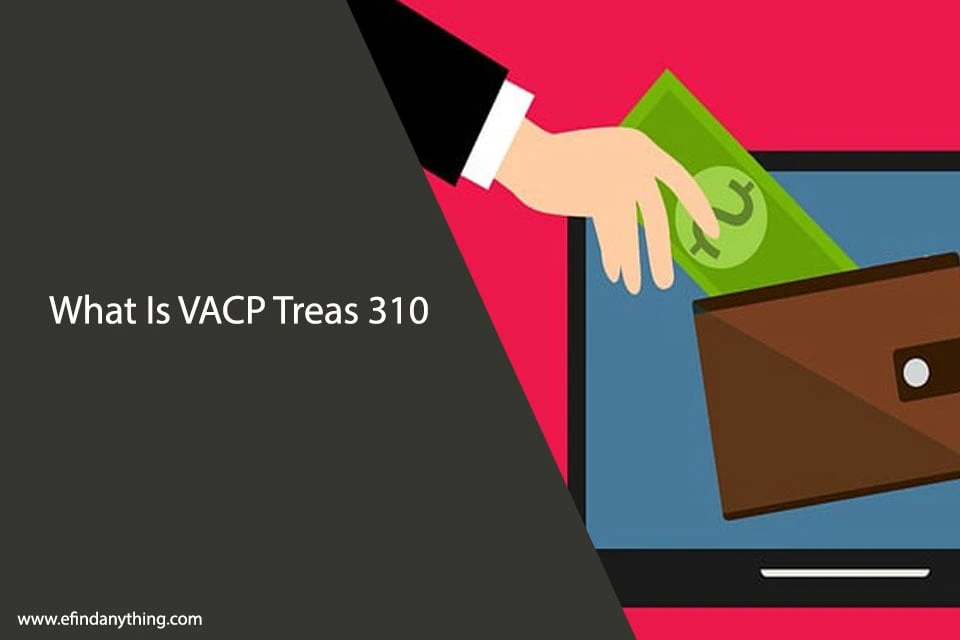
Fear of the dentist, or dentophobia, affects millions and often stems from past trauma or anxiety. Avoiding care can lead to serious health issues like heart disease or chronic pain. The good news? Dentophobia is manageable. This guide offers practical tips and relaxation techniques to help ease dental anxiety and make your next visit more comfortable.
Understanding Dentophobia: More Than Just Nervousness
Dentophobia goes beyond typical pre-appointment jitters. This clinical condition can trigger intense physical and emotional responses that make dental visits feel impossible. Understanding the root causes of your fear is the first step toward overcoming it.
Common Triggers and Causes
Many people develop dentophobia due to childhood experiences with painful or insensitive dental procedures. The sounds of drilling, the smell of antiseptic, or the sensation of instruments in your mouth can all trigger fear responses. Some individuals fear losing control or feeling trapped in the dental chair, while others worry about pain or embarrassment about the condition of their teeth.
Genetics may also play a role. Research suggests that anxiety disorders, including specific phobias like dentophobia, can run in families. Additionally, people with generalized anxiety disorder or post-traumatic stress disorder may be more susceptible to developing dental fears.
Physical and Emotional Symptoms
Dentophobia manifests differently for each person. Physical symptoms might include rapid heartbeat, sweating, trembling, nausea, or difficulty breathing when thinking about or approaching a dental office. Some people experience panic attacks at the mere mention of dental work.
Emotional symptoms often include overwhelming dread, feelings of helplessness, or catastrophic thinking about potential pain or complications. These intense reactions can persist for days or weeks before a scheduled appointment, significantly impacting daily life and overall well-being.
Preparing for Your Visit: Building Confidence Before You Go
Proper preparation can dramatically reduce dental anxiety and set you up for a successful appointment. The key lies in taking control of the situation through planning and communication.
Choose the Right Dental Practice
Not all dental practices are equally equipped to handle anxious patients. Look for offices that explicitly mention their experience with dental anxiety or advertise sedation options. Read online reviews, paying particular attention to comments from other anxious patients about their experiences.
Schedule a consultation before your actual treatment. This allows you to meet the dentist and staff, tour the facility, and discuss your concerns without the pressure of an immediate procedure. Many anxiety-friendly practices offer these preliminary visits at no charge.
Communication is Key
Before your appointment, call the office and explain your dentophobia. Most dental professionals are experienced in working with anxious patients and can make accommodations to help you feel more comfortable. Discuss your specific fears and ask about available options like sedation dentistry or longer appointment times.
Create a signal system with your dentist that allows you to communicate during procedures. This might be raising your hand when you need a break or developing specific hand signals for different needs. Knowing you have some control can significantly reduce anxiety levels.
Practical Preparation Strategies
Schedule your appointment at a time when you feel most relaxed. For many people, this is mid-morning after they’ve had time to settle into their day but before afternoon fatigue sets in. Avoid caffeine on the day of your appointment, as it can increase anxiety levels.
Prepare a comfort kit to bring with you. This might include noise-canceling headphones, a stress ball, or a small object that brings you comfort. Many offices allow patients to listen to music or podcasts during procedures, so create a calming playlist in advance.
During the Appointment: Staying Calm in the Chair
Once you’re in the dental office, several techniques can help you maintain composure and reduce anxiety throughout your visit.
Breathing and Relaxation Techniques
Deep breathing is one of the most effective tools for managing anxiety in real-time. Practice the 4-7-8 technique: inhale for four counts, hold for seven, and exhale for eight. This activates your parasympathetic nervous system, naturally reducing stress responses.
Progressive muscle relaxation can also be helpful. Starting with your toes, tense and then release each muscle group in your body. This technique helps you identify and release physical tension while giving your mind something to focus on besides the dental procedure.
Mental Distraction Strategies
Visualization can transport your mind away from the dental chair. Create a detailed mental image of a place where you feel completely safe and relaxed. Engage all your senses in this visualization—what do you see, hear, smell, and feel in this peaceful place?
Some patients find counting or mental math exercises helpful. Try counting backwards from 100 by sevens, or mentally planning a vacation or home improvement project. The key is finding a mental activity that requires enough concentration to distract from the procedure but isn’t so complex that it creates additional stress.
Working with Your Dental Team
Remember that your dental team wants you to be comfortable. Don’t hesitate to ask questions about what they’re doing or request breaks when you need them. Many patients find that understanding the procedure reduces anxiety because it eliminates fear of the unknown.
If you’re feeling overwhelmed, tell your dentist immediately. They may be able to adjust their approach, provide additional numbing, or suggest taking a longer break. Professional dental teams are trained to recognize signs of anxiety and have strategies to help you through difficult moments.
After the Appointment: Recovery and Positive Reinforcement
How you handle the period immediately following your dental visit can influence your anxiety levels for future appointments.
Self-Care and Recovery
Give yourself time to decompress after your appointment. If you received sedation, arrange for someone to drive you home and plan to rest for the remainder of the day. Even without sedation, dental appointments can be emotionally and physically draining for anxious patients.
Practice gentle self-care in the hours following your visit. This might include taking a warm bath, listening to calming music, or engaging in a favorite relaxing activity. Avoid making major decisions or engaging in stressful activities immediately after dental work.
Building Positive Associations
Celebrate your success, no matter how small. Completing a dental appointment despite dentophobia is a significant achievement that deserves recognition. Consider planning a small reward for yourself after each successful visit—perhaps a favorite meal, a movie, or a small purchase you’ve been wanting.
Keep a dental journal documenting your experiences and progress. Note what strategies worked well, how you felt before and after the appointment, and any positive interactions with your dental team. This record can help you identify effective coping strategies and provide evidence of your growing confidence over time.
Seeking Professional Help: When to Consider Additional Support
For some individuals, self-help strategies may not be sufficient to overcome severe dentophobia. Recognizing when to seek professional help is crucial for maintaining both mental and oral health.
Therapy Options for Dental Anxiety
Cognitive-behavioral therapy (CBT) has shown excellent results for treating specific phobias, including dentophobia. CBT helps you identify and change negative thought patterns while developing practical coping skills. Many therapists specialize in anxiety disorders and can provide targeted treatment for dental fears.
Exposure therapy, often conducted in conjunction with CBT, gradually exposes you to dental-related stimuli in a controlled, safe environment. This might start with looking at pictures of dental offices and progress to visiting a dental practice without receiving treatment.
Sedation Dentistry Options
Modern sedation dentistry in Las Vegas provides effective solutions for managing severe dental anxiety. Nitrous oxide, commonly known as laughing gas, offers gentle relaxation while keeping you fully conscious and responsive throughout the procedure. For deeper relaxation, oral sedation involves taking prescribed medication before your appointment, helping you feel calm and at ease.
For patients with severe anxiety, IV sedation or general anesthesia may be appropriate. These options allow you to receive necessary dental care while remaining completely unaware of the procedure. Discuss these options with both your dentist and primary healthcare provider to determine the best approach for your situation.
Finding the Right Support Team
Look for dental professionals who specialize in treating anxious patients or offer comprehensive sedation services. Many areas have dental practices that focus specifically on fearful patients and employ additional techniques like aromatherapy, massage chairs, or ceiling-mounted televisions.
Consider working with both a therapist and a dentist who understands anxiety. This collaborative approach ensures you’re addressing both the psychological aspects of your fear and receiving necessary dental care in a supportive environment.
Conclusion
Overcoming dentophobia takes patience, practice, and support. Celebrate small wins, like making an appointment or completing a cleaning. Avoiding dental care can harm your overall health, but confronting fears brings long-term benefits. With the right strategies, you can shift from fear to empowerment. Start small, be patient, and seek help when needed. Your future self will thank you for it!











